Local food in Bali evokes melancholy in many. If you set aside nasi goreng and mi goreng, everything else is an acquired taste. At the same time, Bali is considered a gastronomic paradise for expats—there are probably more trendy cafes with cuisines from all over the world here than anywhere else in Southeast Asia. And it's not just about Canggu (although it’s hard to compete with its Instagram-worthy spots), but other areas of the island have also started to catch up.
The Bali Food Festival, which opened in Penestanan (a district of Ubud), was supposed to prove this.

“Eat less rice!”
Balinese food, as is known, is not the most eco-friendly. Local chefs typically do not skimp on palm oil, MSG, and other enhancers.
Therefore, it is surprising to find several stands with healthy food greeting festival guests. While granola is not a novelty on Bali, this rice supplement aims to be a culinary sensation. The granules are added to the main staple of Balinese cuisine, they swell and replace the less healthy grains. This way, the consumption of white rice (without which locals cannot imagine a single meal) is supposed to decrease, according to the producer's plan. It would be interesting to know what the Balinese themselves think about this…
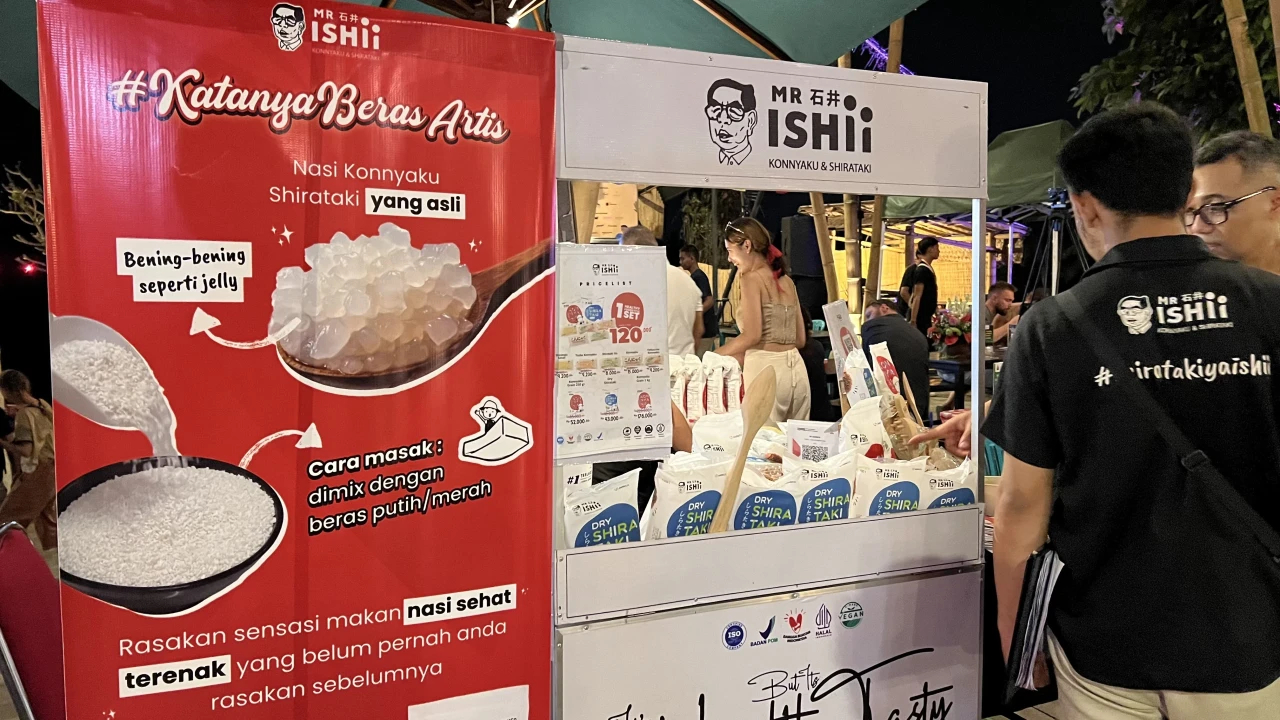
However, one thing that definitely will not decrease in Bali is the consumption of pork. This is evident from the stand serving the traditional local delicacy without which no celebration is complete—babi guling. While some other stalls were still setting up, the guys with the roasted pig had already run out of food and didn’t quite know what to do next at the festival…
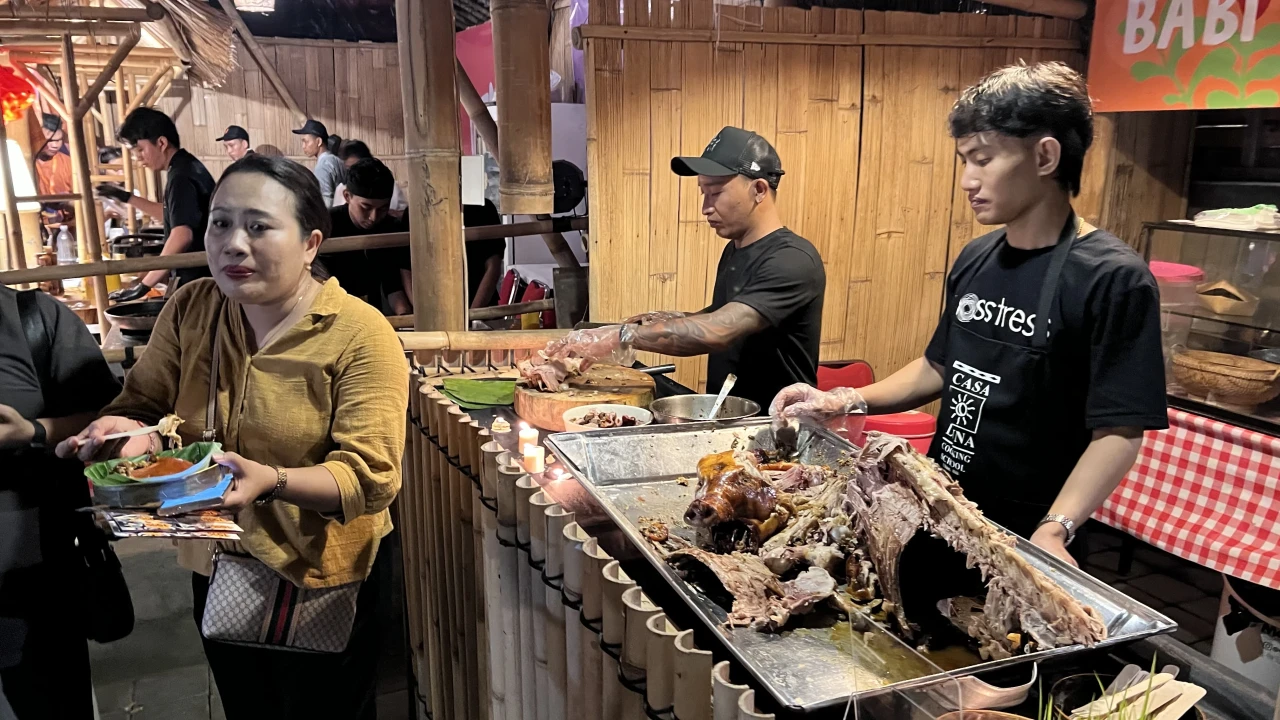
Here, food catered to completely different guests amazingly coexists. There’s nasi padang, which Balinese people gladly eat.
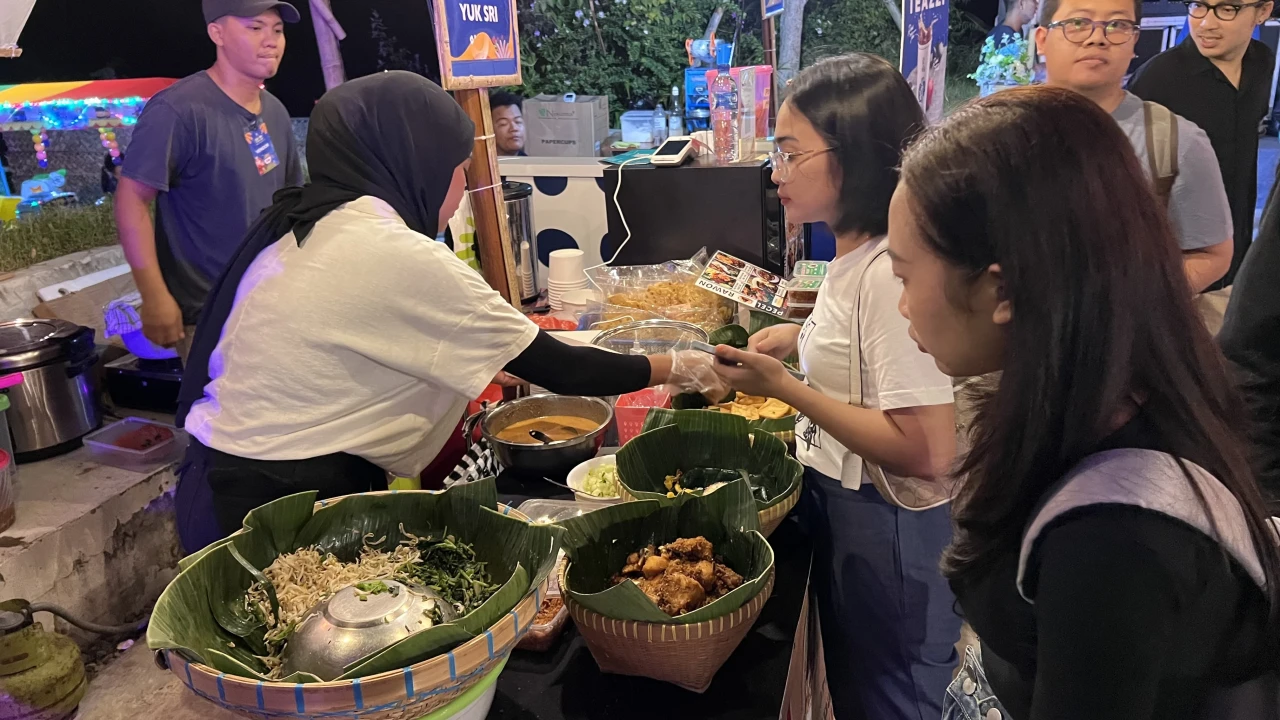
And there’s a cheese tasting from a Balinese cheese factory (the owner says she learned to make halloumi and parmesan in New Zealand and France!). The prices, by the way, are quite reasonable compared to Pepito. A 220-gram pack of "Halloumi" is 60,000 rupiah. A portion already grilled, with bread and fresh vegetables, is 50,000.

If there is Balinese parmesan, then there must also be Balinese wine nearby! And here it is. More than ten varieties to choose from.
There’s no tasting offered here, but you can get a cup (paper). The price of a bottle starts at 190,000 rupiah.
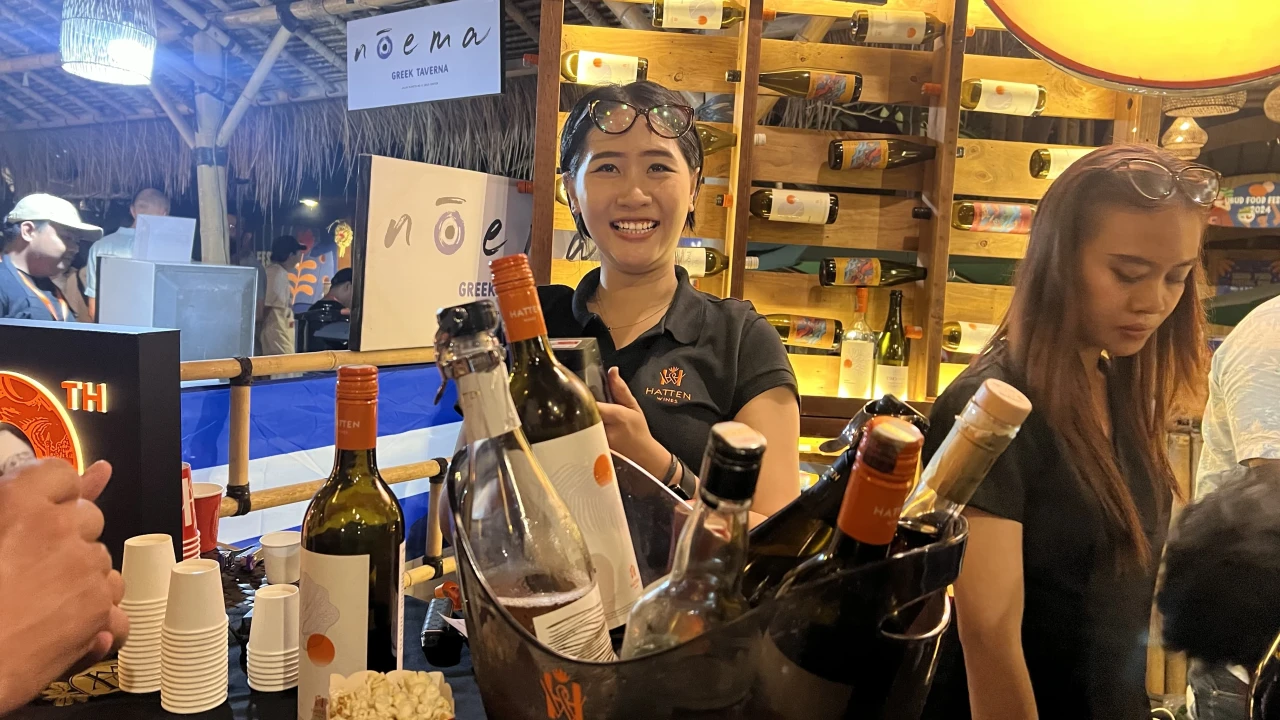
Mostly foreigners are hovering around the bottles of red semi-sweet and white sparkling wines. Among the locals, this culture is not developed at all. They prefer to wash down nasi campur and lawar ayam (which, to be fair, looks even more appetizing here than usual) with beer. There’s plenty of that too.

If Balinese cheese and wine are already a reality, then doctor sausage in the tropics still looks out of place. And even though the names of the meat delicacies are written in English, it is immediately clear that both the sellers and the people in line for the sausage are speaking Russian.
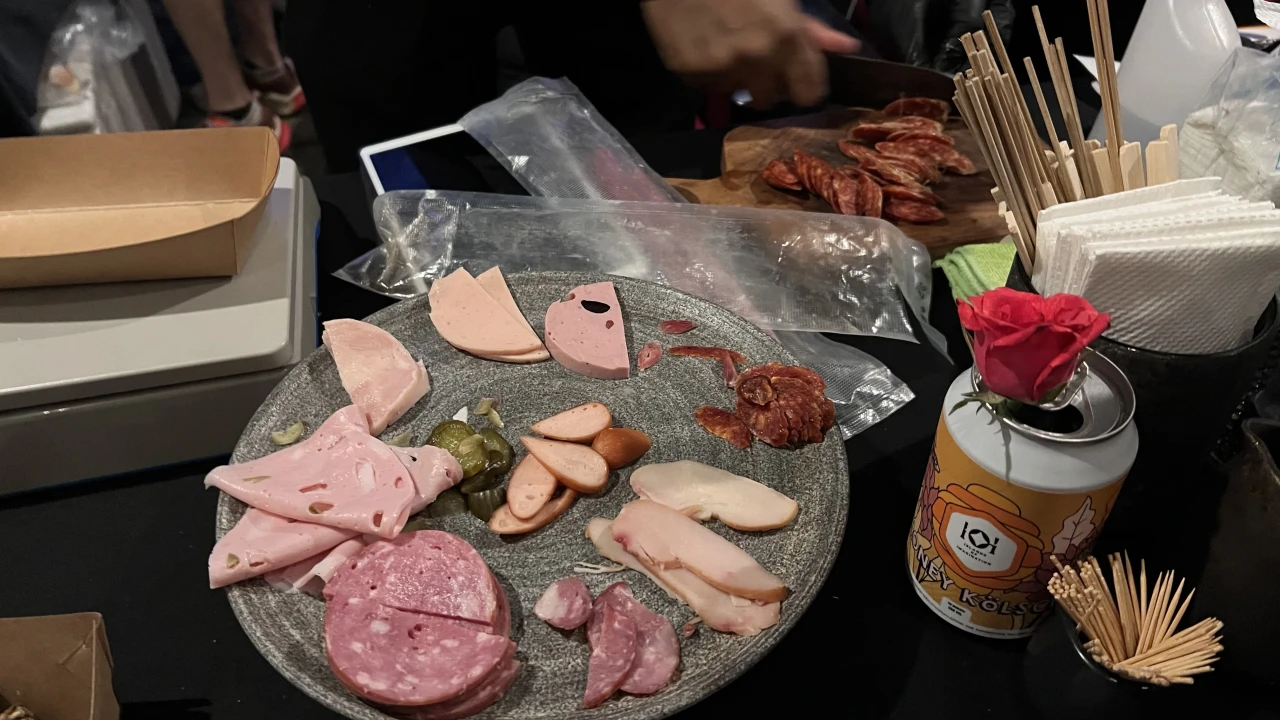
“Our production has been running for 6 years. We mostly work on delivery, and we have a couple of displays in stores. We offer sausages and frankfurters. Here’s 'Krakowska,' one of our hits,” says Bogdan. To confirm his words, a girl cuts into the line, tries the 'Krakowska,' and asks in English: “Is this Polish?” The seller is slightly embarrassed, not immediately thinking of what to answer. It seems that meat delicacies evoke nostalgia not only among Russian-speaking expats...
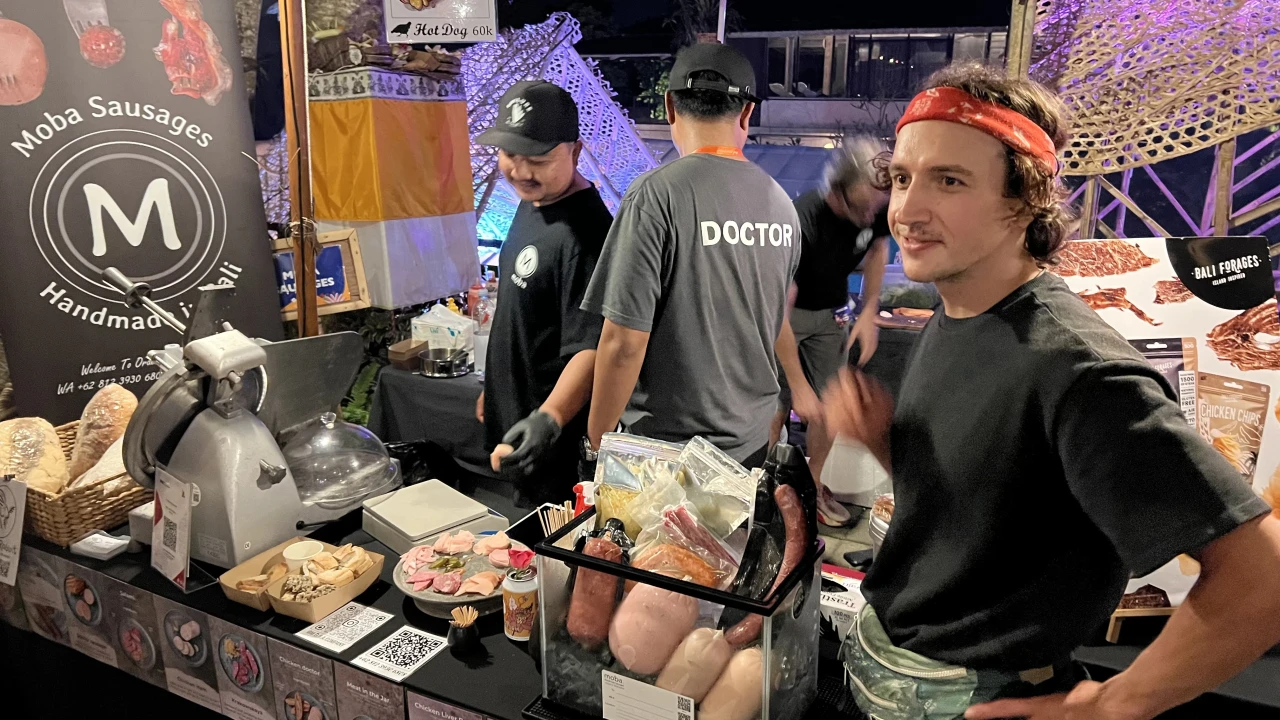
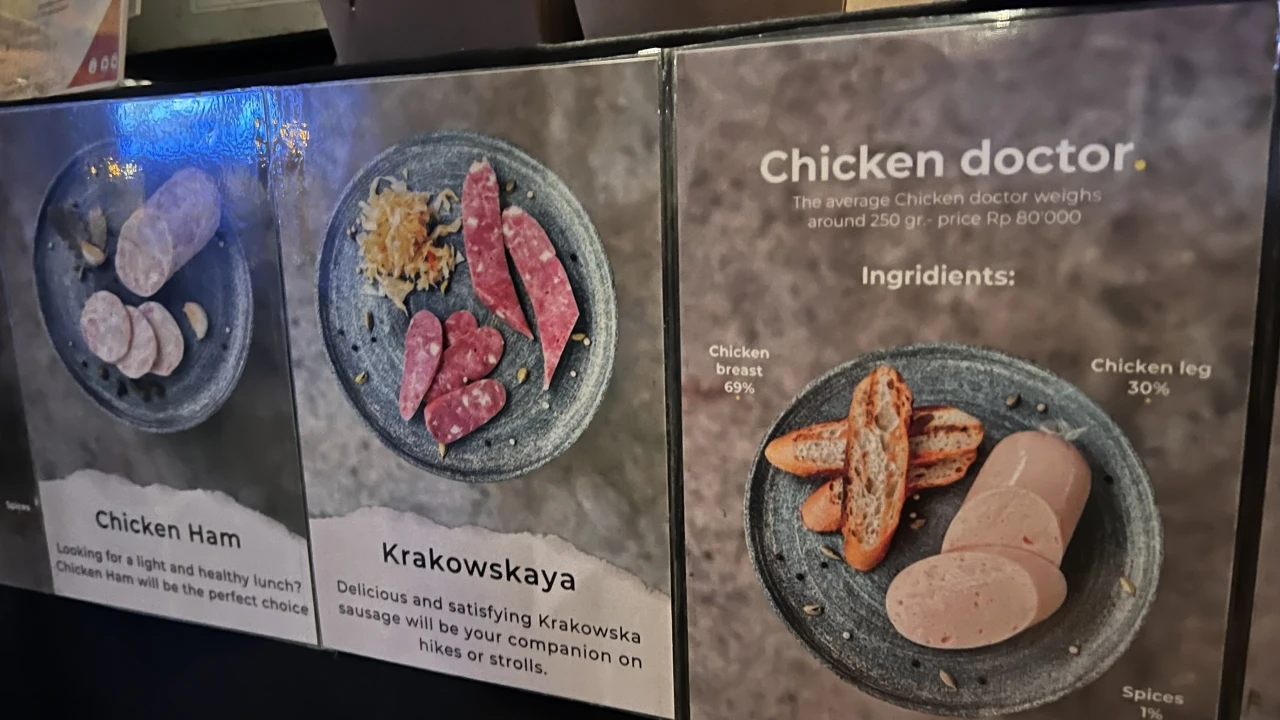
The price for a nostalgic sandwich with sausage and a pickled cucumber (which they also have) is, of course, higher than nasi goreng:
“Doctor sausage” 350k/kg, frankfurters with Gouda cheese 400k/kg.
Burgers, grilled seafood, coconut ice cream, Mexican cuisine, Thai cuisine (mango sticky rice sold out even faster than babi guling), a Greek tavern, and, of course, Indian food—the variety at the festival is astonishing. It resembles a giant food court of dreams. An expat’s dream come true!
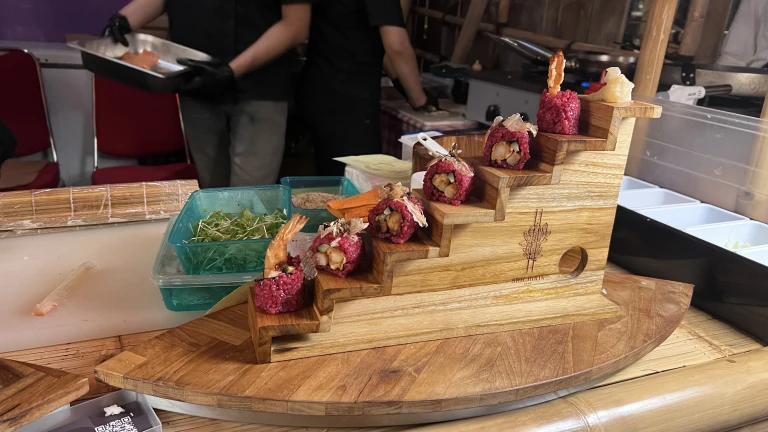
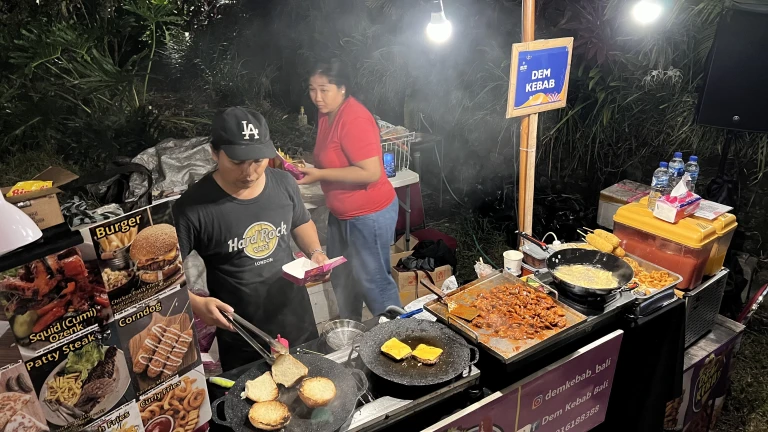
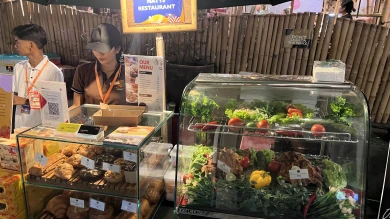

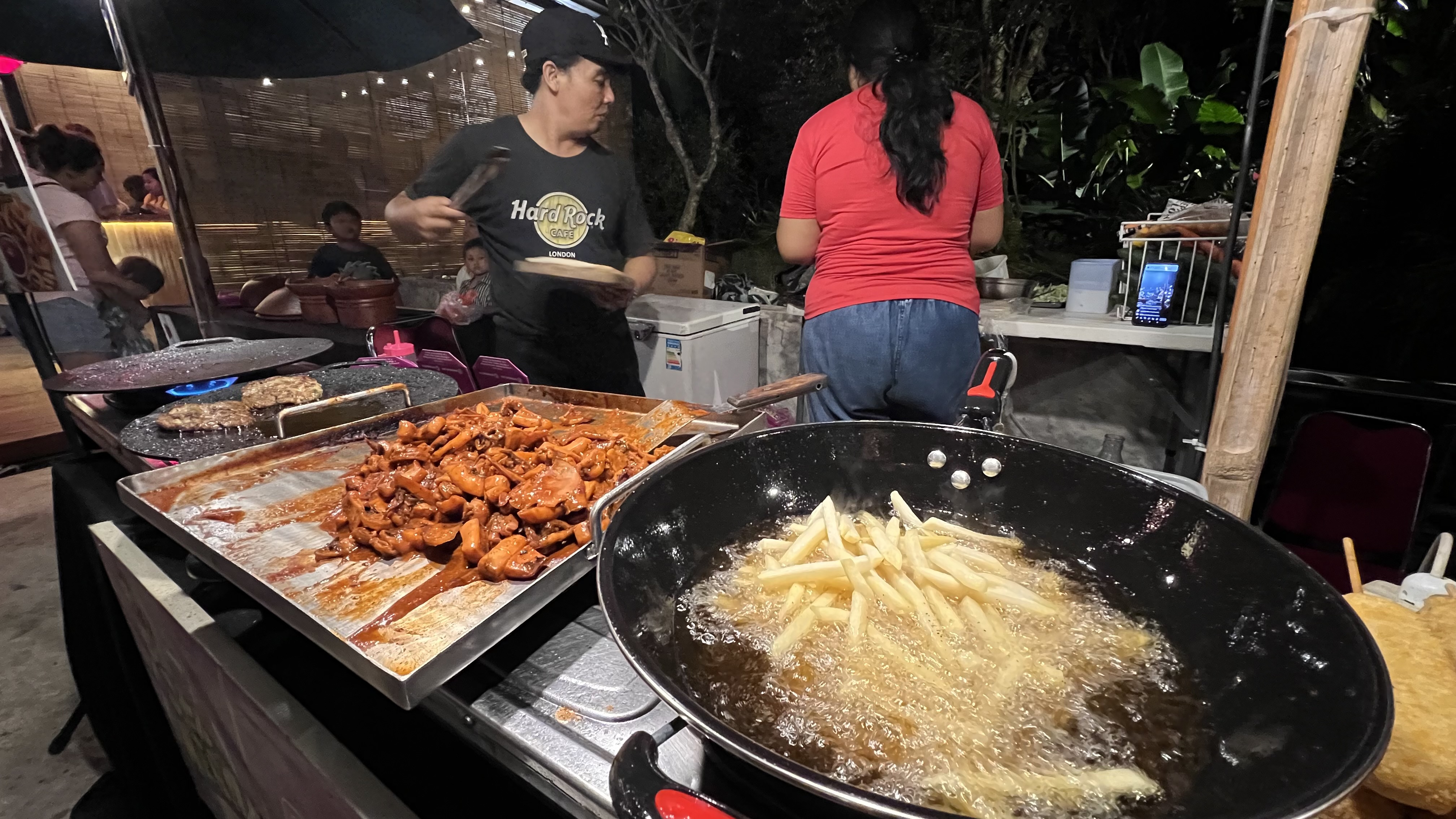
View 3
more photo
more photo
Amidst all this culinary diversity, one’s eyes are drawn to a corner with large photos of maggots... not too appetizing! Balinese are not known for eating bugs/spiders, right?
And they are alive! It turns out they are not for eating. Or rather, they are for eating, but for the food that hasn’t been eaten.
Environmentalists have bred special worms that consume food waste, producing compost instead. A woman passionately explains that you can keep them at home or in a café kitchen. As the classic said: “Doubtful, but okay.”
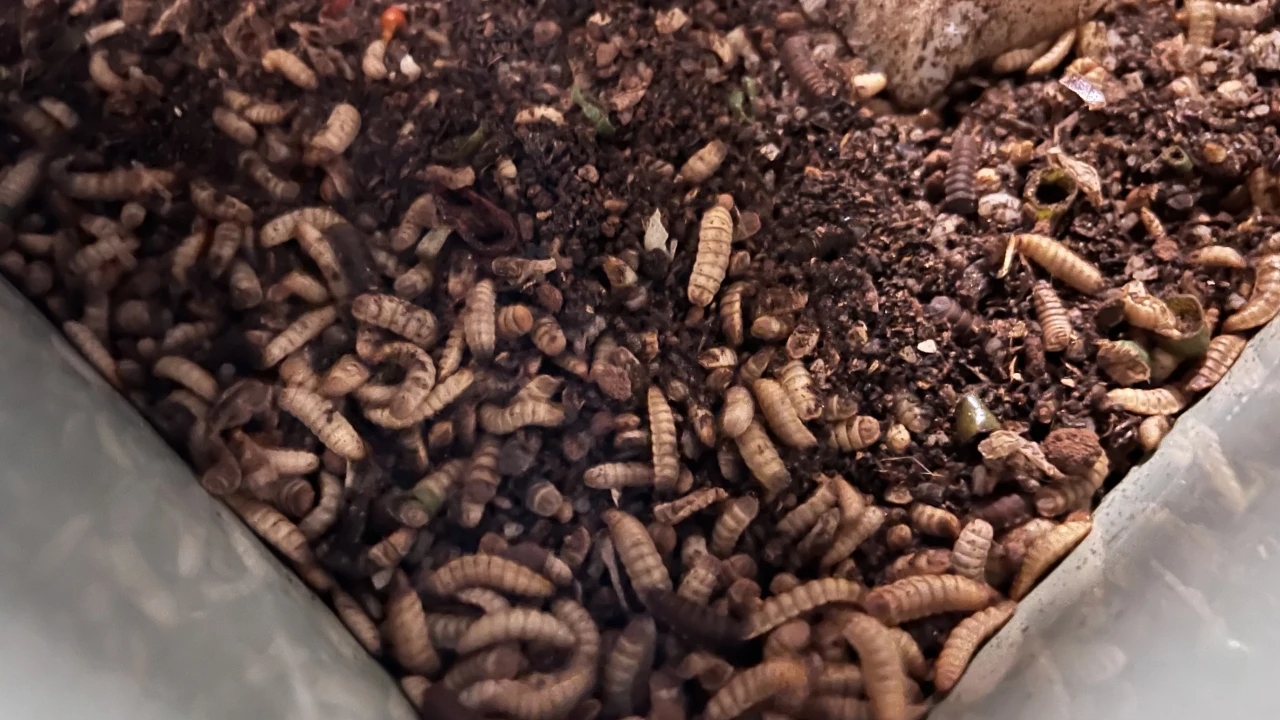
Here’s a more traditional and less shocking approach to environmental protection. Wooden tableware! For Russian-speaking guests, it looks quite familiar and even somewhat archaic. The Balinese present wooden spoons, forks, and knives as a know-how that will help abandon plastic tableware. So far, only tourists from India have shown interest...
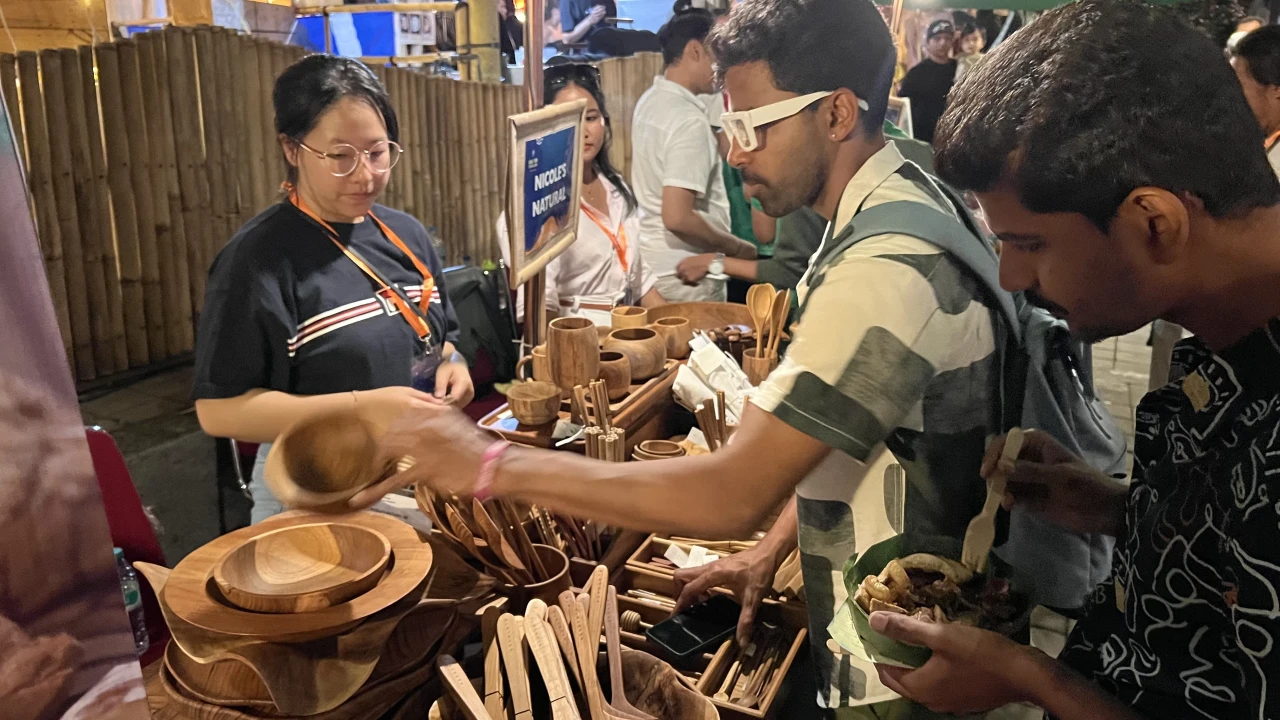
During the BaliFood festival, there were also master classes and workshops. Other venues were designated for these activities. Some required payment, while for others, it was enough to simply register. Participants were taught how to cook traditional Balinese dishes. You could join a food tour of the local market to learn how to roast a traditional piglet or go for a tasting of Balinese wine.
You can add one right now!